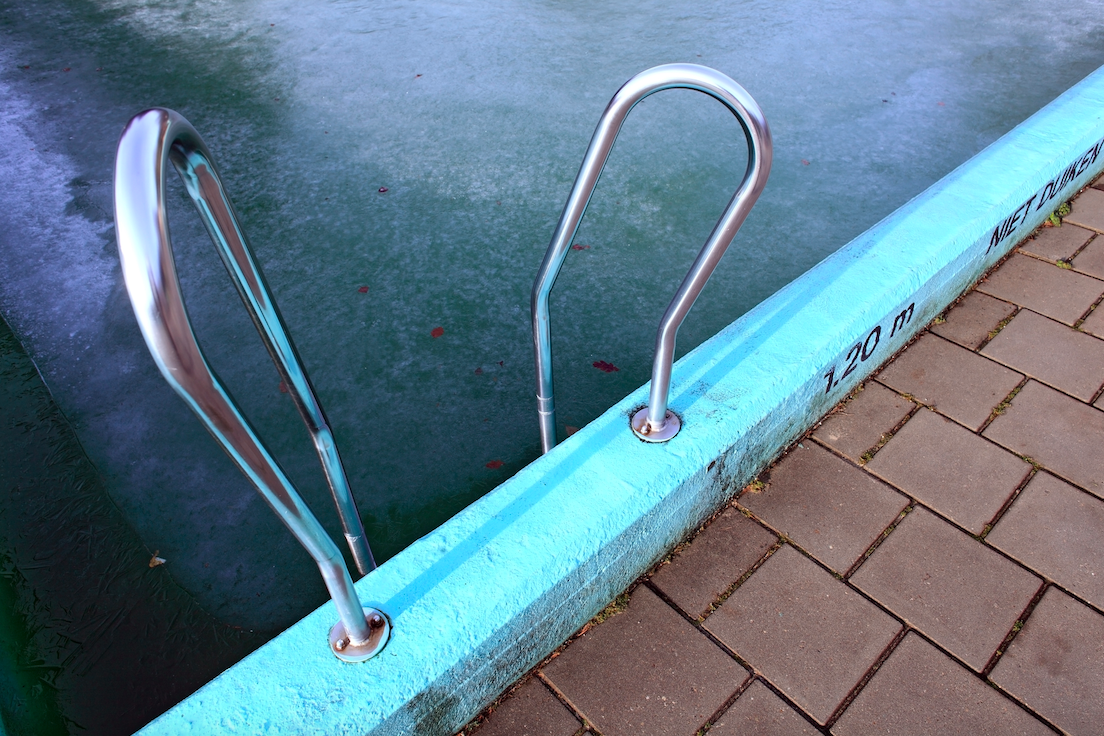During a Memorial Day weekend trip to the beach, four-year-old Frankie Delgado was knocked over by a wave. He got up, continued playing and had fun the rest of the day. Then tragically, a week later, he was dead. What happened? Doctors told his parents that he drowned from water trapped in his lungs and around his heart.
Did you know that it was even possible for your child to drown a week after getting out of the water? There are several different types of drowning, including the kind that happens long after you’re “safe” on land – dry drowning and secondary drowning. According to the Centers for Disease Control and Prevention (the CDC), drowning is the second highest cause of injury death in children. The sad thing is that the symptoms can be mistaken to look like any other kind of sickness, a stomach flu or even asthma. You might even think your child is “wiped out” after a long day of playing. Unless parents can connect the dots, the drowning symptoms can go unnoticed for days.
How it’s different
In what we think of as a typical drowning, the person will struggle and take a lot of water into the lungs immediately while in the water. With a dry drowning, the larynx instinctively shuts in an attempt to stop water from getting into the lungs. Your body thinks it’s protecting you. No water gets in, but no air gets in either. The longer you are deprived of oxygen, the more dangerous it becomes. Kids with asthma and other respiratory difficulties are also most at risk.
Secondary drowning happens later. It occurs when some water gets in and collects slowly in the lungs. It stays trapped in the respiratory system and the lungs become more and more irritated. Similar to pulmonary edema, fluid around the heart and lungs eventually makes breathing very difficult, leading to brain damage or even death.
What you should know
- It only takes one ounce of liquid in the lungs to cause drowning in the average toddler. Even being submerged for a moment in an inch of bath water can be enough for a toddler or baby to drown.
- Watch your child closely in the water. Small children should be within arm’s reach. Don’t rely on the lifeguard at the beach or pool.
- If you know that your child has fallen in the water or had a near drowning incident – whether that’s the beach, the pool or the bathtub – it’s important that you take him or her to the nearest hospital immediately to be checked out. Even if you think everything seems OK.
- Parents think that once their child is out of water, the risk of drowning is over. But it’s critical to pay attention in the 8 – 48 hours after your child is out of the water.
- Watch for symptoms of coughing, foaming at the mouth, chest pain, shortness of breath, trouble breathing, extreme tiredness or changes in mental status. This could mean the brain isn’t getting enough oxygen. Remember, this can occur hours or even days after being in the water.
Although it all seems very scary, Riverside Medical Clinic wants you to know that dry drowning is rare. But since our Southern California lifestyle includes lots of water activity, it’s best to be aware. We also thank the Delgados for bravely making their story public in a time of unimaginable grief. As they told People magazine, they want it to be a warning to other parents of the danger of dry drowning. They have already been credited for saving the lives of at least two other children within a month’s time.

